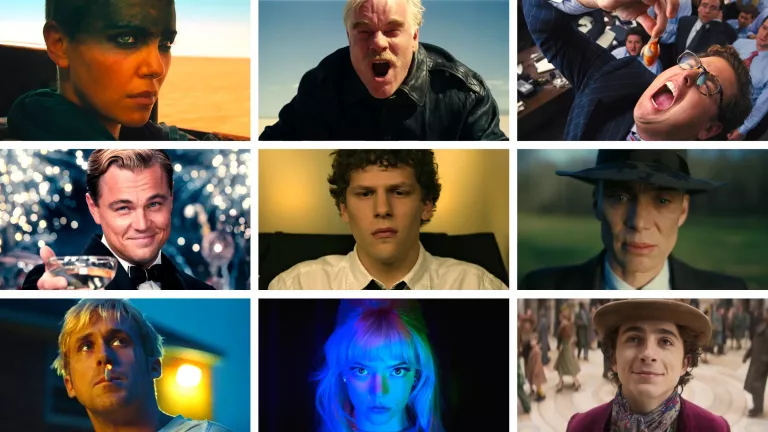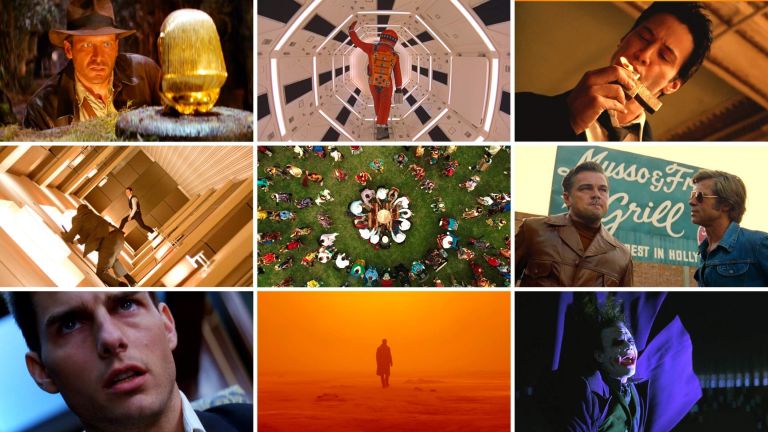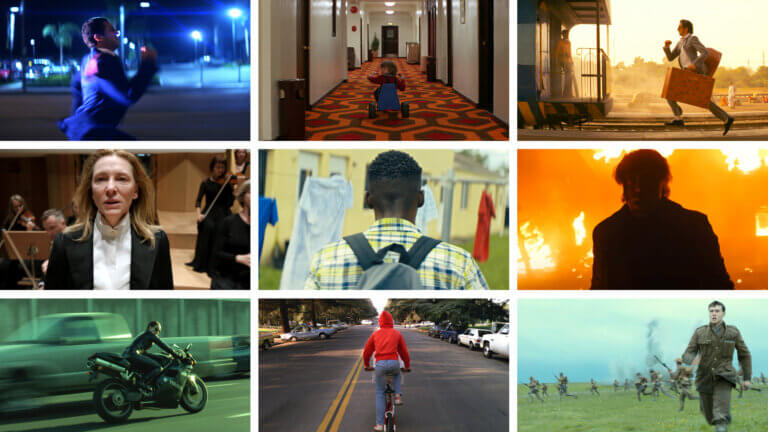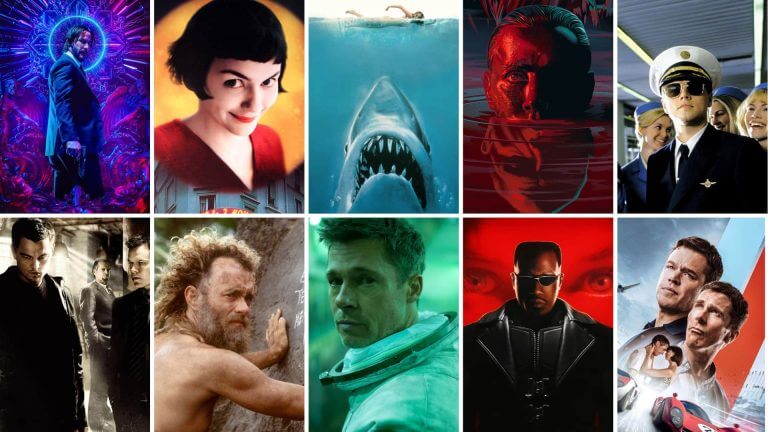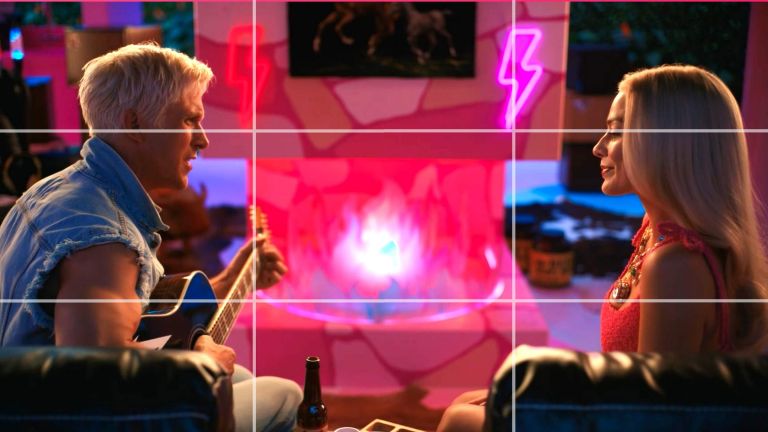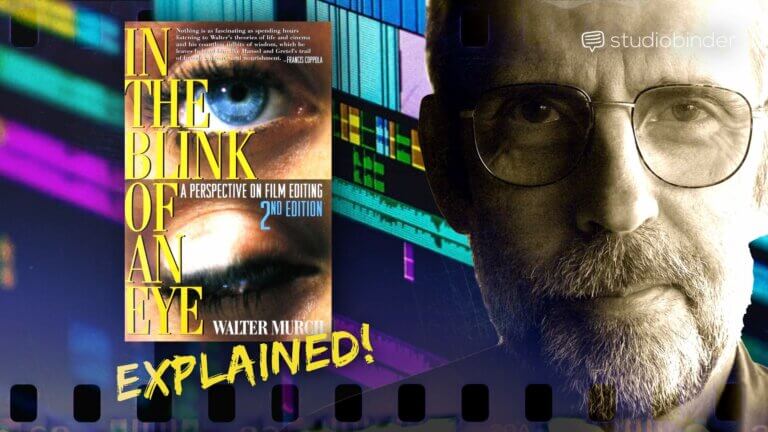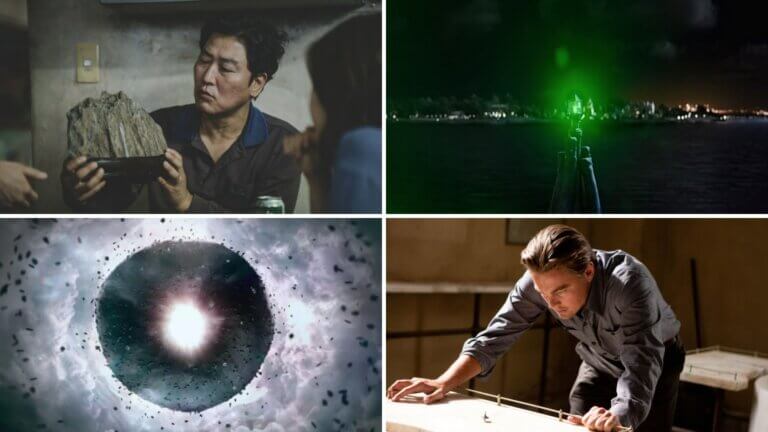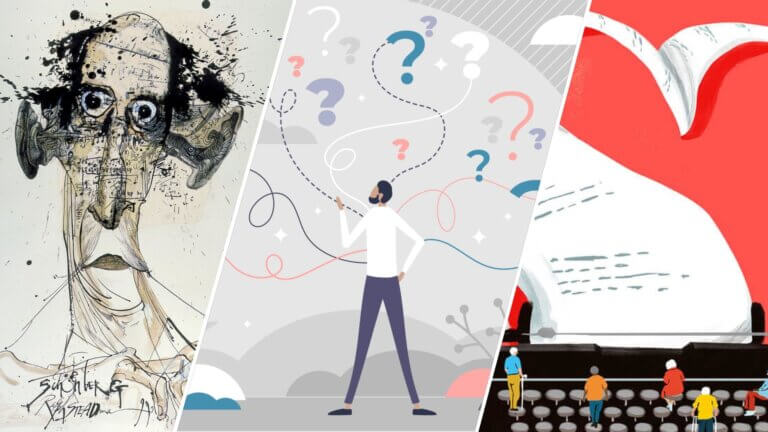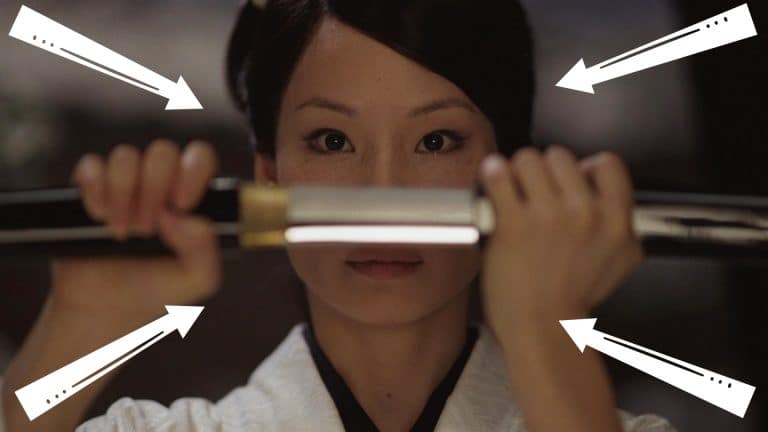A Close-up shot is one of the most commonly used shot sizes in film and television, but there are ways to make your close-ups extraordinary. It may be when you decide to use them in your story, or how you angle your camera to get an added emotional effect, or by surrounding them with varying shot sizes. In this post, we’ll break it down for you. Continue reading Close-Up Shots: Examples of Camera Movement & Angles
It’s easy to mix up the different types of camera shots and types of angles. To make a shot list, a filmmaker or video creative must know the classic types of shots based on attributes like shot size, shot framing, camera movement, camera mechanisms, and depth of field. We'll break down all the camera shots, camera angles, and camera techniques that you need to know for your next film or music video. We also include camera shot examples from famous movies to help solidify all the discussed cinematography techniques. Continue reading 50+ Types of Camera Shots, Angles, and Techniques
What is a tracking shot? They are really fun to watch, but difficult to film. We've put together a list of the best tracking shots of all time. Then we break down everything you'll need to consider when blocking and planning a tracking shot in your own projects.Continue reading What is a Tracking Shot — 25 Best Tracking Shot Examples
Though best known for producing many of the best television shows of all time, HBO is also home to many excellent films. HBO caught on quick that streaming was the way of the future, and got into the only media game early. We’ll be taking a look at what movies are on HBO right now. HBO-Go is home to not just every great HBO original series, but also hundreds of films ranging from all-time classics to new releases. Joining us in counting down the top 50 HBO movies available right now.Continue reading Best Movies on HBO Right Now — Filmmaker…
What is the rule of thirds? The rule of thirds is an effective way to frame the elements in your scene so that the resulting image is much more visually captivating. Like most other filmmaking “rules,” it’s not really a rule at all — more of a golden guideline.It’s also an incredibly easy rule to try: any level photographer or cinematographer can use it. First, let’s define it by showing you some rule of thirds examples, then explore how it’s used in film.Continue reading What is the Rule of Thirds — Definition and Examples
Directors and cinematographers shoot with purpose, as they match their technical shot choices with the intended tone or emotion of the story. Of course, they’re not the only ones making critical choices. Editors’ decisions hugely determine the success of a film. It is up to the editor to assemble every scene, every cut in a scene, to tell the intended emotional truth of the story. It’s a tall order. To alleviate some of this pressure, Oscar-winning editor, Walter Murch, outlined some helpful tools. In his book, In the Blink of an Eye, Walter Murch details The Rule of Six, discussing…
Have you ever wondered why the mockingbird sings in Harper Lee's classic, or what the green light at the end of the dock means in The Great Gatsby? Or perhaps you've pondered on the deeper significance of the spinning top in Christopher Nolan's Inception. These aren't just random elements thrown into the mix to make the story intriguing. They are symbols — powerful tools that authors and filmmakers use to convey profound meanings subtly yet impactfully. Let's uncover the types of symbolism that often go unnoticed yet hold the power to transform a simple tale into an unforgettable masterpiece.Continue reading…
Set design is a pivotal yet often overlooked element in the magic of filmmaking. It breathes life into a director's vision, creating tangible worlds from mere imagination. This article will delve into the art and science of set design in film, revealing its process, significance, and future trends. Let's journey behind the scenes to explore this fascinating aspect of cinema.Continue reading What is Set Design? Process & Purpose
Have you ever winced while listening to an amateur band hit the wrong notes? Have you ever felt discomfort when you’re tasked with a job that goes against your beliefs? Or have you ever stumbled over a poem’s lines that seem to just sound bad? Dissonance in its many forms is all around us. Often we think of it in a negative light, as something to avoid. But dissonance can be used in various artistic mediums to deliver a point, heighten emotion, or add texture. Let’s get to the bottom of "what is dissonance," and how we can use it…
If you’re an aspiring cinematographer or director, you know that the camera is your primary storytelling tool. How you move the camera or how you frame a subject communicates intangible information to the audience. The zoom shot is just one of these techniques and adds a very particular and nuanced message. Knowing what this message is is critical to deciding when to use it. So, what is a zoom shot?Continue reading What is a Zoom Shot and When You Should Use One
